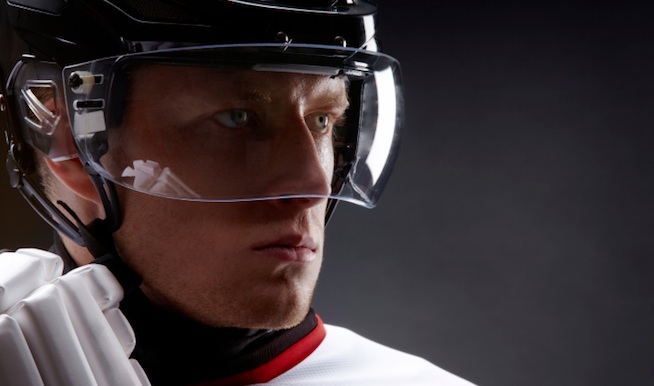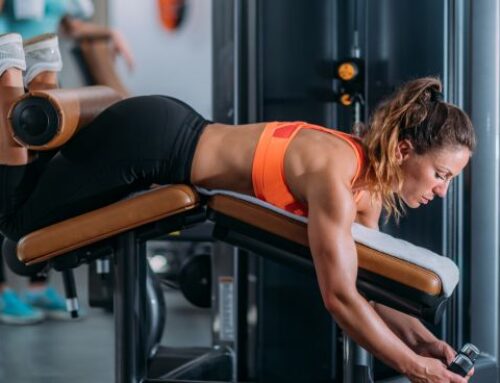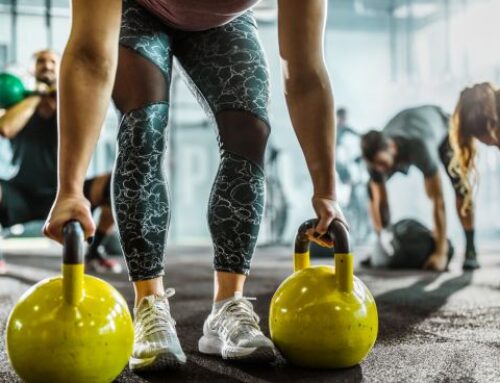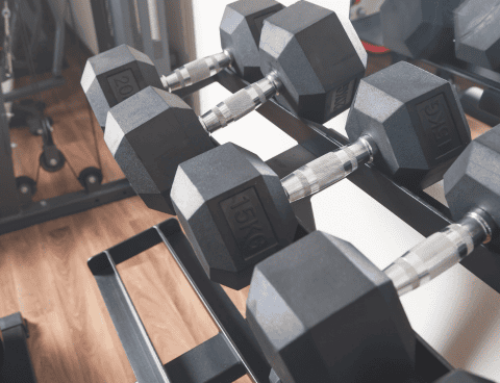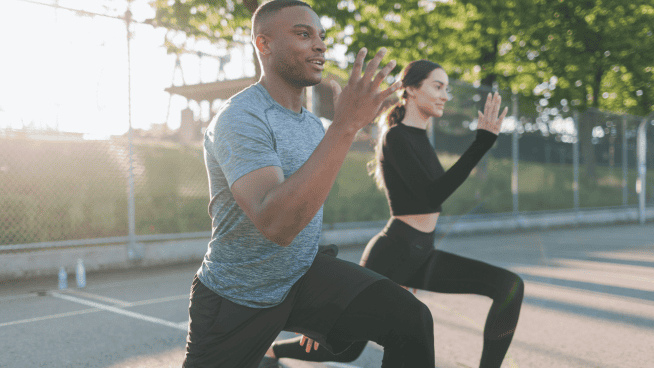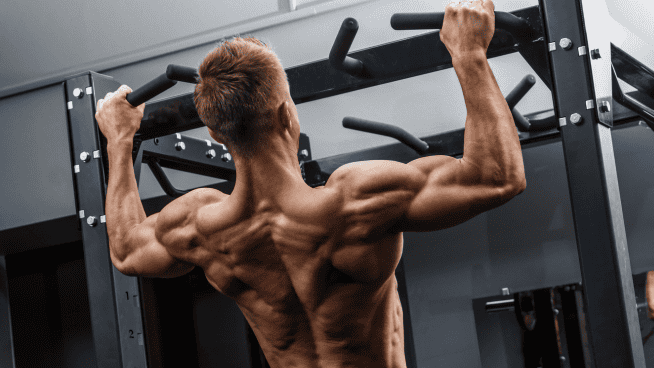The Best Plyometrics for Hockey Players
Hockey players need to be strong but nimble. Excess bulk, especially in the upper body, will slow you down. In order to gain speed, strength and agility, you must focus on plyometrics training, especially during the season.
Plyometrics for hockey addresses foot-and-hip coordination. During your stride, plyo actively recruits muscles that tend to want to stay inactive. For instance, if your vertical jump is poor, you are likely not recruiting enough of each muscle to create the power you need. Plyometric box jumps “teach” the muscles to be more actively involved. More muscle fiber recruitment equals more power exerted over each stride.
The goal here is to prepare your leg muscles to create the most powerful and effective stride possible. Quick footwork is key, because it enables you to get from Point A to Point B in fewer strides.
Guidelines
- Box jumps range from 12 inches to beyond 36 inches.
- Three to four sets of six repetitions sufficiently engage the glutes, hamstrings and quads to build explosive speed.
- Do this 1-2 times a week.
- Always prepare to jump from a full squat. Drive from the heels and land softly on the box in a full squat.
Hockey Plyometrics Exercises
Alternating-Leg Lateral Bound
This great exercise requires no equipment.
- Starting from a shoulder-width stance, lead with your right foot and leap to the right diagonally, similar to a skating stride.
- Land on the lead leg and quickly transition to the left-foot leap.
- The trailing leg should swing in behind the lead leg, again replicating the skating stride.
- Continue for 50 feet, rest for one minute and repeat the exercise back to the starting line.
Slideboard
One of the best plyometric tools available to hockey players, the slideboard allows you to mimic your stride off the ice. It targets weak muscles in the glutes, as well as abductor and adductors in the groin. Use the Tabata Protocol here for great results.
Do 20 seconds all-out, with 10 seconds of rest. Repeat for 2-8 minutes, depending on your fitness level. Three times a week is great, but be careful not to overtrain; don’t push yourself too hard, too quickly.
If you have the means, consider hiring a strength coach. It’s a way to learn plyometrics in a safe, challenging environment.
Read more:
[cf]skyword_tracking_tag[/cf]RECOMMENDED FOR YOU
MOST POPULAR
The Best Plyometrics for Hockey Players
Hockey players need to be strong but nimble. Excess bulk, especially in the upper body, will slow you down. In order to gain speed, strength and agility, you must focus on plyometrics training, especially during the season.
Plyometrics for hockey addresses foot-and-hip coordination. During your stride, plyo actively recruits muscles that tend to want to stay inactive. For instance, if your vertical jump is poor, you are likely not recruiting enough of each muscle to create the power you need. Plyometric box jumps “teach” the muscles to be more actively involved. More muscle fiber recruitment equals more power exerted over each stride.
The goal here is to prepare your leg muscles to create the most powerful and effective stride possible. Quick footwork is key, because it enables you to get from Point A to Point B in fewer strides.
Guidelines
- Box jumps range from 12 inches to beyond 36 inches.
- Three to four sets of six repetitions sufficiently engage the glutes, hamstrings and quads to build explosive speed.
- Do this 1-2 times a week.
- Always prepare to jump from a full squat. Drive from the heels and land softly on the box in a full squat.
Hockey Plyometrics Exercises
Alternating-Leg Lateral Bound
This great exercise requires no equipment.
- Starting from a shoulder-width stance, lead with your right foot and leap to the right diagonally, similar to a skating stride.
- Land on the lead leg and quickly transition to the left-foot leap.
- The trailing leg should swing in behind the lead leg, again replicating the skating stride.
- Continue for 50 feet, rest for one minute and repeat the exercise back to the starting line.
Slideboard
One of the best plyometric tools available to hockey players, the slideboard allows you to mimic your stride off the ice. It targets weak muscles in the glutes, as well as abductor and adductors in the groin. Use the Tabata Protocol here for great results.
Do 20 seconds all-out, with 10 seconds of rest. Repeat for 2-8 minutes, depending on your fitness level. Three times a week is great, but be careful not to overtrain; don’t push yourself too hard, too quickly.
If you have the means, consider hiring a strength coach. It’s a way to learn plyometrics in a safe, challenging environment.
Read more:
[cf]skyword_tracking_tag[/cf]
